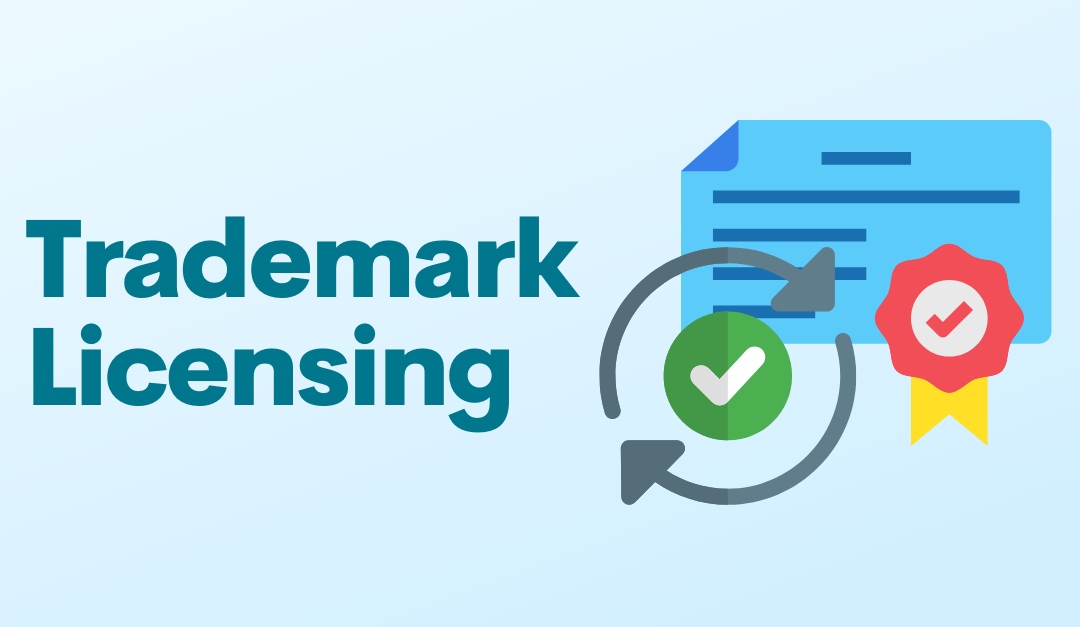A trademark is a word, phrase, symbol, or design that identifies and distinguishes the goods and services of one company from those of another. A trademark license is one way to transfer the use of a trademark or service mark from its owner (the licensor) to another party (the licensee). It can be an effective way to generate revenue and expand your brand’s reach. It also enables the licensor to dictate conditions under which the licensee can use their trademark.
A license may be granted for a definite time or it may be irrevocable. The license may also be exclusive, so that only the licensee can use it in a particular territory, or non-exclusive, permitting others to use it as well. Once a licensee obtains a license to use a trademark, they must follow the terms of the license agreement or they could potentially lose their right to use the trademark or even be sued.
Pros and Cons of Licensing a Trademark
Some trademark owners choose to license their trademarks as a way to generate additional revenue. There are both advantages and disadvantages to this approach. On the plus side, licensing can provide a stream of passive income and help build brand awareness. It can also be an effective way of expanding into new markets.
However, there are some potential downsides to consider as well. For example, if a licensee uses the trademark in a way that is not in keeping with the brand’s image, it could reflect negatively on the trademark owner. Additionally, there is always the risk that the licensee will not adequately protect the trademark, leading to its eventual genericization. Finally, licensing could dilute the value of a trademark if it is used on poor-quality goods or services.
Fortunately, many of the potential disadvantages to licensing can be avoided with a carefully crafted licensing agreement.
Steps to Getting a Trademark License
There are several steps involved in licensing a trademark. The first step is to file a trademark application with the US Patent and Trademark Office (USPTO). The USPTO will then review the application to make sure that it meets all the requirements for registration. If the application is approved, the USPTO will publish it in the Official Gazette. After the publication, the trademark will be registered and the applicant will be issued a certificate of registration.
Once the application is approved, the trademark owner will have to negotiate a royalty agreement (or licensing agreement) with the licensee. When the licensing agreement is finalized, the trademark owner will have to file a trademark license agreement with the USPTO. The agreement must include certain information, such as the terms of the license and the identity of the licensee. Once the agreement is filed, it will be reviewed by a USPTO examining attorney. If everything is in order, the agreement will be approved and published in the Official Gazette. From here, the licensee will be able to use the trademark in commerce.
Well-Known Trademark License Examples
One of the best-known examples of trademark licensing is the relationship between Coca-Cola and McDonald’s. For many years, McDonald’s has been serving Coca-Cola products exclusively, and the two companies have worked together on a variety of marketing initiatives. As a result of this partnership, the two brands have become inextricably linked in the minds of consumers.
Another well-known example of trademark licensing is the relationship between Nike and Michael Jordan. Nike has used Jordan’s name and likeness to sell billions of dollars worth of merchandise, and Jordan has become one of the most recognizable faces in the world as a result.
Other Articles Related to Trademark License
_________
 The Michelson Institute for Intellectual Property, an initiative of the Michelson 20MM Foundation, provides access to empowering IP education for budding inventors and entrepreneurs. Michelson 20MM was founded thanks to the generous support of renowned spinal surgeon Dr. Gary K. Michelson and Alya Michelson. To learn more, visit 20mm.org.
The Michelson Institute for Intellectual Property, an initiative of the Michelson 20MM Foundation, provides access to empowering IP education for budding inventors and entrepreneurs. Michelson 20MM was founded thanks to the generous support of renowned spinal surgeon Dr. Gary K. Michelson and Alya Michelson. To learn more, visit 20mm.org.
